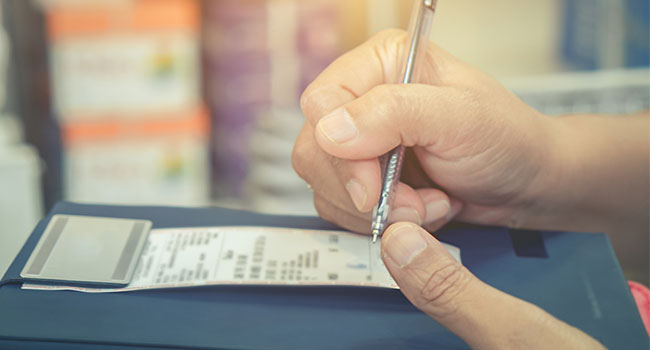
Major Credit Card Companies No Longer Requiring Signatures
The adoption of chip-enabled cards has rendered credit card signatures useless.
- By Sydny Shepard
- Apr 17, 2018
Is there a time in the near future where you will no longer be asked for your John Hancock when making a purchase? Major credit card companies will no longer require merchants to collect a signature after credit card transactions.
"Signatures are no longer considered to be any real deterrent to fraud," explained Matt Schulz, senior industry analyst at CreditCards.com. "Most people don't sign their name in full or take it all that seriously."
American Express, Discover and MasterCard quit prompting users for their signatures as of April 13 and Visa did away with the archaic fraud deterrent on April 14.
The signature requirement had already been fading, especially for smaller purchases. For instance, American Express has not required a signature for transactions under $50 in the U.S. since 2012, though some merchants still maintained the practice.
While credit card companies will no longer require the signatures, it will be up to merchants to decide what their policies are and to make the steps to remove them from their systems.
The move comes as credit card companies beef up their card security to help combat fraud. In 2015, they stated mailing customers chip-enabled credit cards that have to be inserted and held in a credit card reader to complete a transaction. The EMV chips hold your payment data and provide a unique code specific to each purchase, and are considered more secure then traditional magnetic strips.
PIN codes and biometrics are expected to become more common than signatures, but many experts stress that it is up to the user to protect their identity.
About the Author
Sydny Shepard is the Executive Editor of Campus Security & Life Safety.